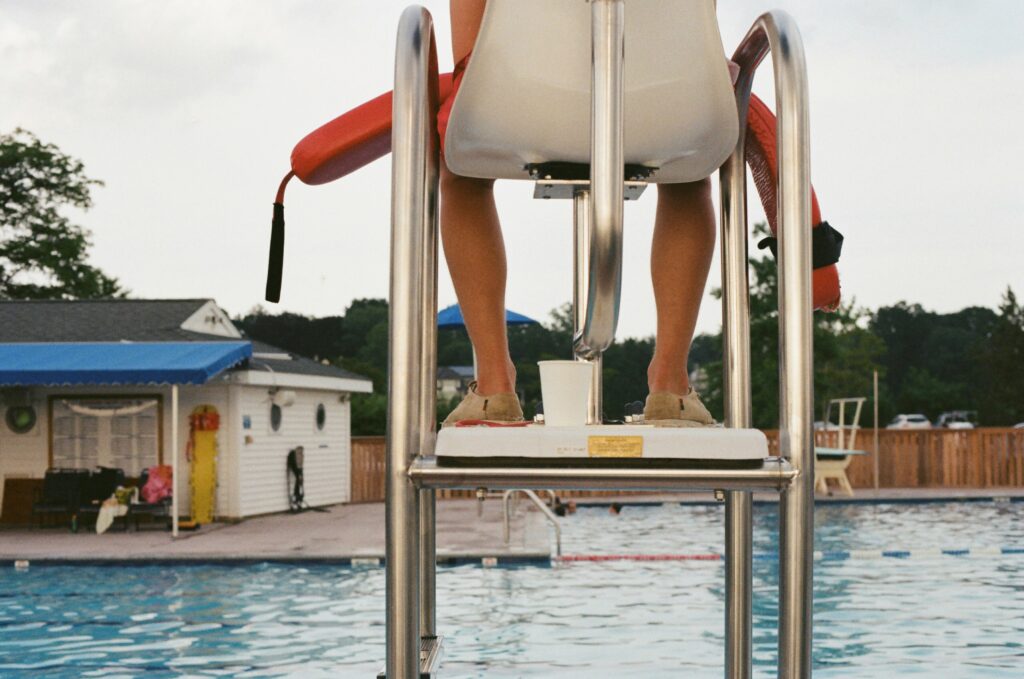
Strong programs start with strong guards — and ongoing training is what keeps everyone safe.
When we talk about safety in aquatics, everything starts with the people watching the water. A well-trained lifeguard isn’t just a set of eyes on the pool deck — they’re the final link in a chain of prevention, preparedness, and quick response that protects every swimmer who enters the water.
Training Beyond the Test
Earning a certification is only the beginning. Real-world readiness comes from continuous practice: scanning drills, in-service refreshers, and scenario-based training that builds confidence under pressure. The best programs schedule short, frequent refreshers rather than long, occasional sessions. That rhythm keeps skills sharp and reduces hesitation when seconds matter most.
Team Culture of Safety
Effective lifeguarding is a team effort. Guards who trust each other communicate better, rotate efficiently, and spot trouble faster. Supervisors set the tone by modeling alertness and reinforcing positive habits. Regular briefings, quick debriefs after incidents, and open communication all strengthen a culture where safety isn’t just a policy — it’s part of every shift.
Investing in Lifeguards Is Investing in Your Program
Facilities that prioritize guard training see fewer incidents, stronger community trust, and higher staff retention. When lifeguards feel valued and supported, they take ownership of the deck — and parents, swimmers, and directors notice. The return on that investment isn’t just fewer emergencies; it’s a safer, more confident community.
Final Thoughts:
Safety doesn’t happen by chance — it happens by training. Make your next staff meeting a reminder that every drill, every review, and every moment of vigilance makes a difference.